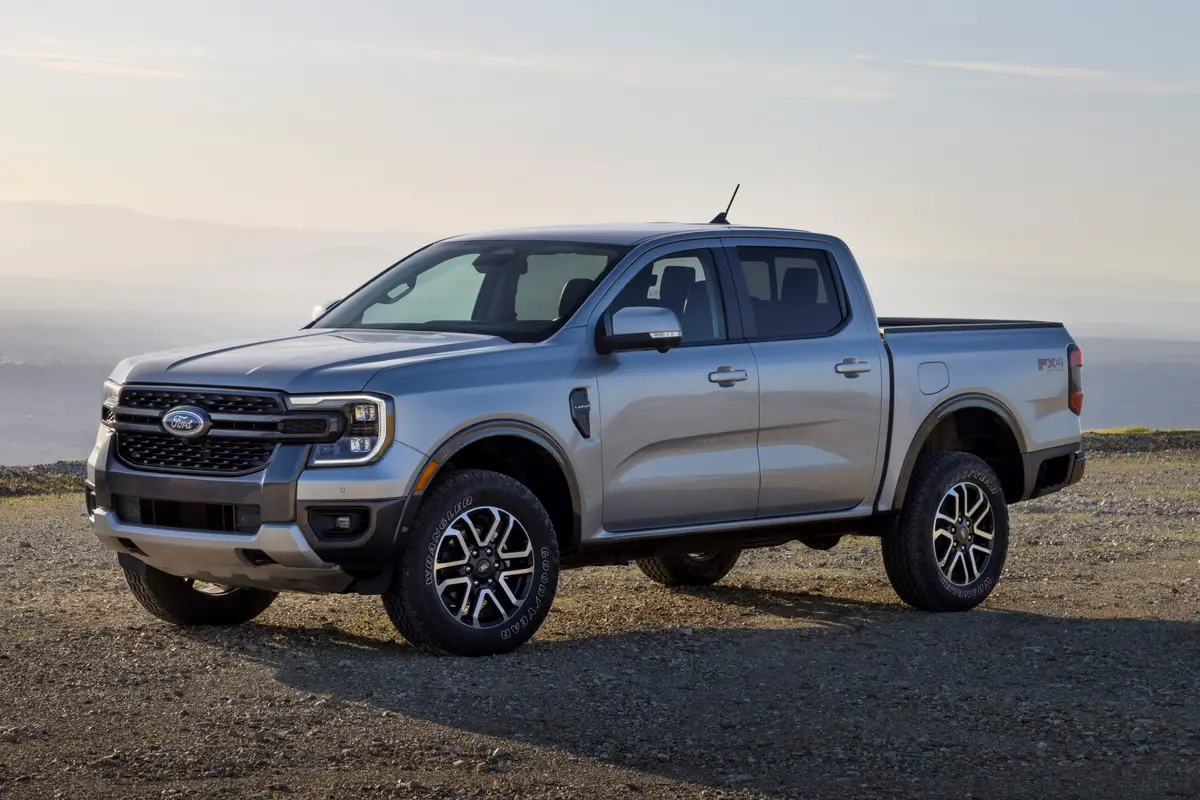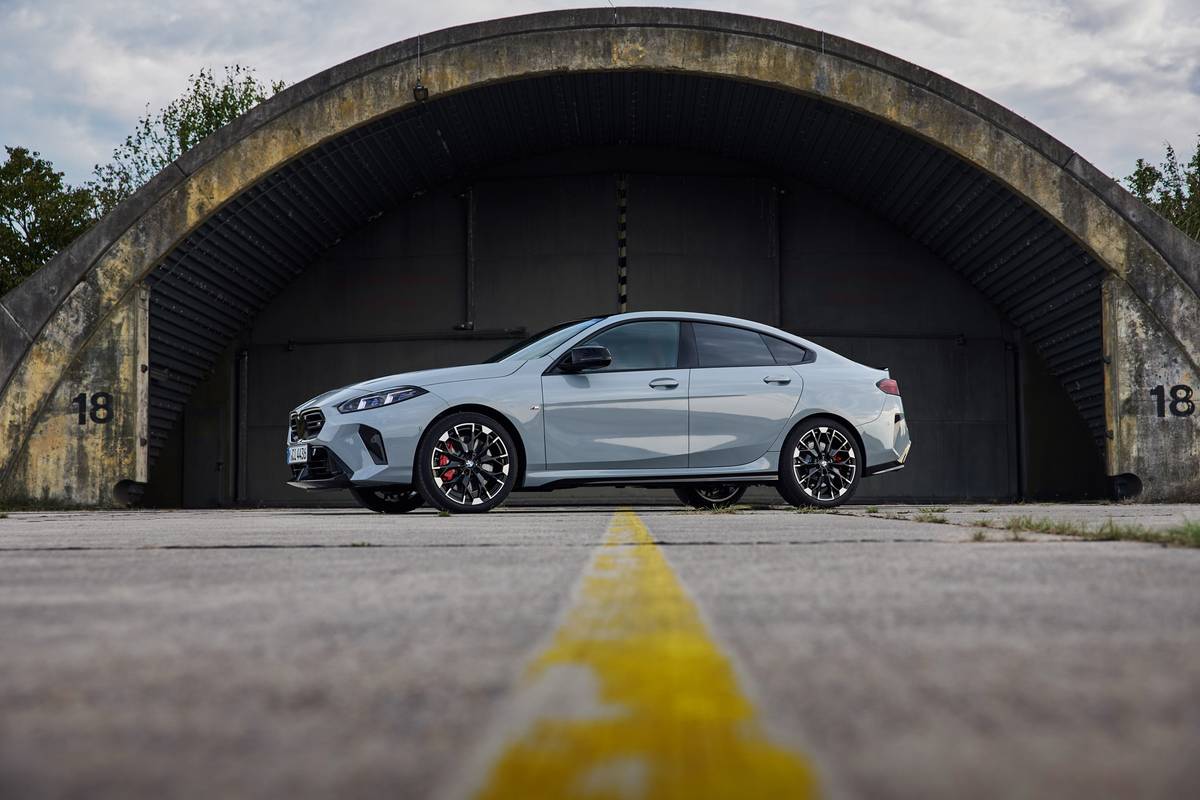IndyStar.com's view
Volkswagen has a long history of manufacturing convertibles, dating back to the days of the VW “Bug” and a highly styled model called the Karmann Ghia.
Karmann still looms large in Volkswagen’s scheme of things. The renowned custom coach builder, the Karmann Coachworks, puts its stamp on the 1996 Volkswagen Cabrio, a soft-top automobile manufactured in conjunction with VW.
The ’96 Cabrio is designed and built as a convertible, not a sedan with a sawed-off roof.
“Volkswagen is coming back big time,” said Ron Vanaags, general manager of Speedway Volkswagen-Mazda. “And the Cabrio is one of their products that is helping them do it.”
Great for fun-in-the-sun motoring during the warm- weather season in Indiana, the Cabrio actually is an all-season automobile. By virtue of a durable six-layer top that is hand fitted, occupants can feel snug as a bug in a rug when outside weather conditions require a closed car.
“You would think they would sell mainly in the summer,” Vanaags said, “but we sell them all year around.”
The top’s multi-layer design provides insulation from extreme heat, as well as cold. In addition to durability under all conditions, the outside layer of PVC-coated vinyl resists abrasive wear and allows the top to be cleaned in a drive-through car wash.
Middle layers of thermal and sound insulation shield the cabin from moisture, cold and road noise. A glass rear window complete with electric defroster provides a permanently clear view.
On really hot days, the optional air-conditioning system is recommended, since the insulation layers are not going to completely block heat conductivity. However, the same thing applies to a steel-roofed sedan.
The lack of rear quarter windows reduces right-corner visibility for drivers who tend to look over their shoulder to check on traffic on their right side. The outside mirror overcomes this disadvantage and, with the top down, there is unlimited visibility in all directions.
The top is manually operated, but not to panic. A single pressure-point storage system secures the top above the trunk, and it comes back up just as easily.
One feature that I like about the Cabrio is the permanently installed roll bar, also called a Targa bar. It is anchored to the central-body pillars just behind where the doors latch for maximum protection in case of a rollover.
Like most compact- class convertibles, the Cabrio is a four-seater. Offering 82 cubic feet of interior space, there is about 10 more inches of leg room in the front than in the rear.
The Cabrio has front-wheel drive, with a 2.0-liter (121- cubic-inche), single-overhead-cam, four-cylinder engine under the hood. The transmission is a five-speed manual which makes the Cabrio a driver’s car. There’s also an optional four-speed automatic transmission available with adaptive technology that adjusts shift patterns to your driving style.
VW has been making this motor for what seems like forever, updating all the way. It’s a solid 8-va lve engine which produces 115 horsepower and 122 foot- pounds of torque.
The cockpit layout is familiar ground with front- bucket seats separated by a center console that holds the gearshift lever. For optimum driving positions, the driver’s seat sits up high and can be adjusted. The steering wheel also is height adjustable.
The Cabrio’s instrumentation includes the conventional speedometer, tachometer, temperature and fuel gauges, and an odometer. For running a high-speed engine like this with a five-speed, I would have liked to have seen them include an oil-pressure gauge.
With a base price of $19,975, there are power accessories and air conditioning as options. One item that is standard is a central power-locking system that controls the trunk and fuel-filler door.
It also can selectively lock or unlock either door and can close or open all windows by holding the key in the do or-lock position.
Latest news



